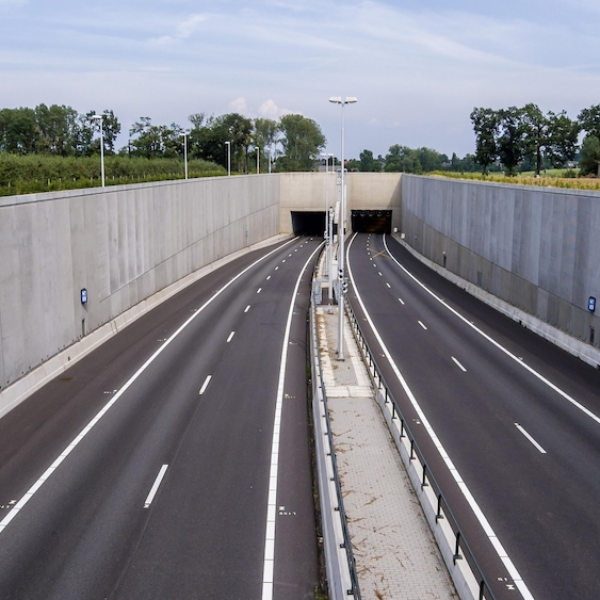KES for A73 tunnels in Roermond

KES for A73 tunnels in Roermond
Often, the first step in a project is determining what the client’s wishes are. This involves approaching stakeholders and formally recording their wants. The client – or, at the client’s request, Witteveen+Bos – then assesses these in terms of feasibility, cost and (in)consistency. Following this assessment, they are either accepted or rejected. Accepted client wishes become ‘client requirements’ and are incorporated into the project planning. Eventually, the whole process results in a document known as a client requirement specification or ‘KES’ (‘klanteisenspecificatie’).
As part of the national replacement and renovation programme (VenR), Witteveen+Bos recently supervised a KES process under assignment to Rijkswaterstaat Zuid-Nederland for installations in the A73 tunnels in Roermond. To ensure efficiency and transparency, the process was conducted entirely in Relatics, an online collaboration tool for organising and managing information on projects. Rijkswaterstaat could access the Relatics environment to monitor the process and, ultimately, digitally record the accepted client wishes.
Digitalising the entire process using Relatics ensured a straightforward process in which all data was clear and centralised, and in which the possibility existed to bundle information. It was possible, for example, to view all of a particular stakeholder’s wishes or only those relating to sustainability. Another advantage was that the data could directly be made available to other Relatics environments, such as the GRIP environment used by Rijkswaterstaat. Ultimately, the KES provided a clear starting point for the next steps in the project.
More information?
